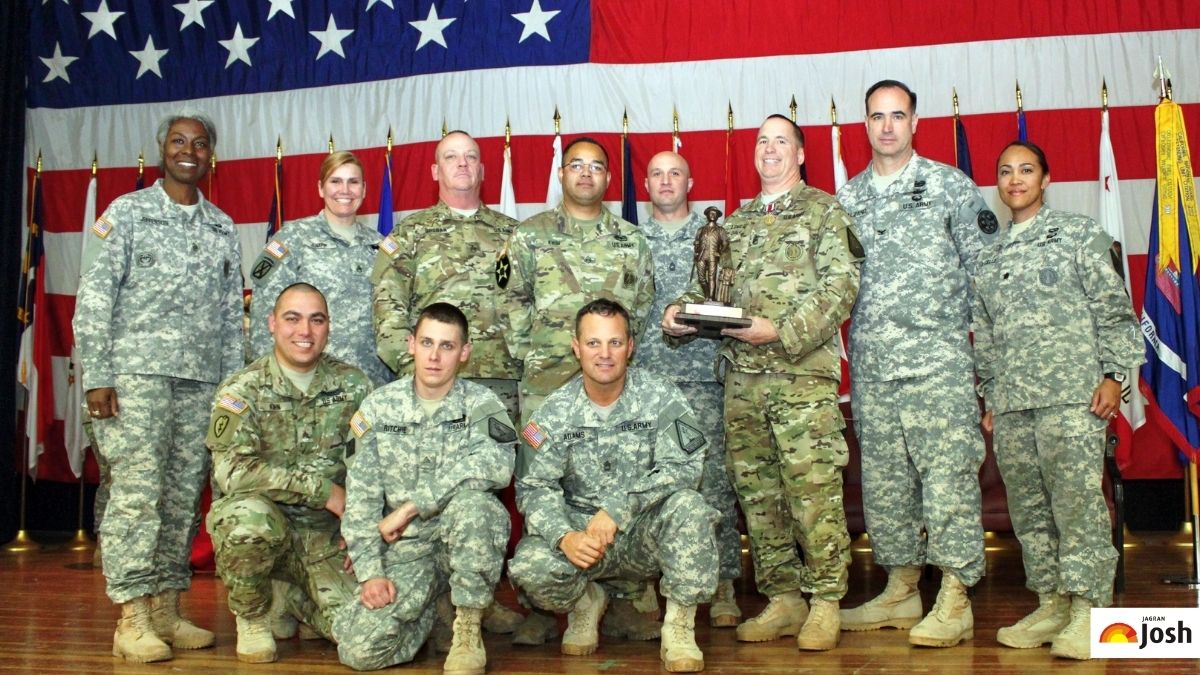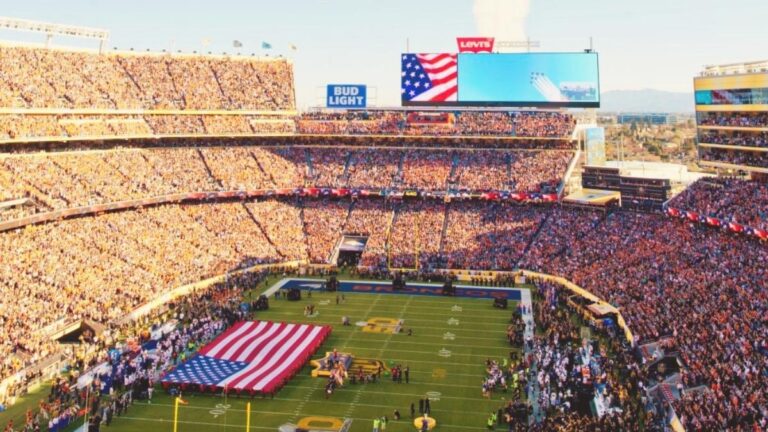Members of the U.S. National Guard: The United States National Guard represents a unique military entity comprised of citizen-soldiers. These individuals adeptly manage their civilian obligations or academic pursuits while undergoing military training. This remarkable balancing act allows them to integrate civilian lives with military responsibilities, establishing the Guard as a crucial element of both state and national security. In addition to their routine duties, members are called upon to respond to emergencies, offer assistance to communities in times of disaster, and engage in national defense efforts as well as overseas missions. Recently, the National Guard has also captured public attention through notable federal deployments, including troop movements ordered by the Trump administration to Chicago.
Discover fascinating insights about National Guard members, the diverse roles they undertake, and how their service reinforces the fabric of communities and the nation as a whole.
1. The Citizen-Soldier Concept
Members of the National Guard often hold regular jobs or are engaged in educational pursuits while participating in part-time military training. This dual commitment empowers them to contribute to their communities while simultaneously preparing for national defense responsibilities.
2. Two Distinct Branches: Army and Air
The National Guard is divided into two main components: the Army National Guard and the Air National Guard. Each branch operates under the same core principles but specializes in different training and missions. These missions can encompass a broad spectrum, ranging from ground operations to aerial support and disaster management.
3. A National Network
Each state, territory, and Washington, D.C. has its own National Guard unit, ensuring a local presence across the nation for emergencies and training exercises. This widespread network enables the Guard to respond swiftly to local needs while fostering strong community ties.
4. Comprehensive Training Regimen
Typically, Guard members participate in monthly weekend drills along with a two-week annual training program. These training sessions are designed to hone military skills, promote teamwork, and prepare personnel for both domestic and international operations.
5. Commitment to Community Support
During natural disasters such as hurricanes, floods, and wildfires, the National Guard frequently steps in to provide vital assistance. Their roles may include search and rescue operations, medical support, and logistical coordination, further solidifying the Guard’s reputation as a community-centric organization.
6. Deployments Beyond Borders
Beyond their local responsibilities, National Guard members may find themselves deployed internationally, often working alongside active-duty military personnel on peacekeeping missions and humanitarian efforts. This capability enhances the United States’ global commitments and support.
7. Educational and Career Perks
Becoming a member of the National Guard opens doors to various educational benefits, including tuition assistance and scholarships. Additionally, members acquire valuable professional skills such as leadership, logistics, and technical expertise that can significantly enhance their civilian career prospects.
8. Protections Under the Law
U.S. legislation provides important job security for National Guard members while they fulfill their military obligations. The Uniformed Services Employment and Reemployment Rights Act (USERRA) assures that civilian employers cannot discriminate against employees for their service in the Guard.
9. Military Uniforms and Equipment
National Guard members wear uniforms that closely resemble those of active-duty forces. Depending on their specific roles, they may train with specialized equipment designed for combat, disaster response, or aviation support, ensuring they are always ready for any challenge.
10. Lifelong Dedication and Community Connection
Many individuals serve in the National Guard for extended periods, fostering deep connections with fellow members and their local communities. This dedication not only strengthens civic pride but also exemplifies a profound commitment to both country and community.
Conclusion
In summary, the U.S. National Guard members embody a multifaceted role, balancing civilian life with military service to bolster both local communities and national defense. By merging professional development with community service and a sense of civic duty, the National Guard exemplifies the enduring spirit of citizen-soldiers, reinforcing the strength of the nation as well as the communities they serve.
Are you interested in learning more about military service in the U.S. and how you can get involved? Visit the National Guard Official Site today to uncover training opportunities, available benefits, and find out how you can contribute to your community.
















